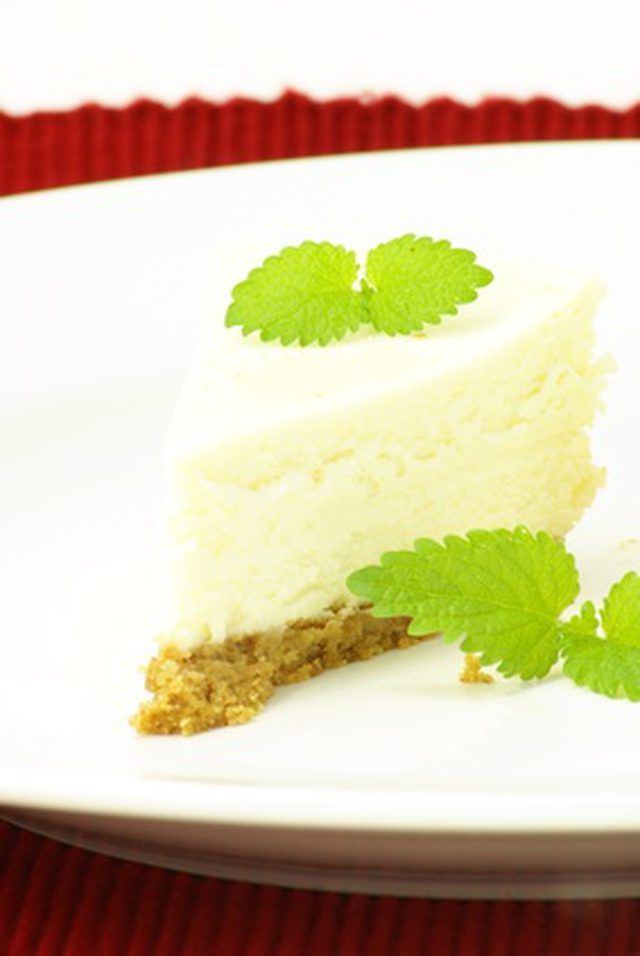Bulbs
Flower Basics
Flower Beds & Specialty Gardens
Flower Garden
Garden Furniture
Garden Gnomes
Garden Seeds
Garden Sheds
Garden Statues
Garden Tools & Supplies
Gardening Basics
Green & Organic
Groundcovers & Vines
Growing Annuals
Growing Basil
Growing Beans
Growing Berries
Growing Blueberries
Growing Cactus
Growing Corn
Growing Cotton
Growing Edibles
Growing Flowers
Growing Garlic
Growing Grapes
Growing Grass
Growing Herbs
Growing Jasmine
Growing Mint
Growing Mushrooms
Orchids
Growing Peanuts
Growing Perennials
Growing Plants
Growing Rosemary
Growing Roses
Growing Strawberries
Growing Sunflowers
Growing Thyme
Growing Tomatoes
Growing Tulips
Growing Vegetables
Herb Basics
Herb Garden
Indoor Growing
Landscaping Basics
Landscaping Patios
Landscaping Plants
Landscaping Shrubs
Landscaping Trees
Landscaping Walks & Pathways
Lawn Basics
Lawn Maintenance
Lawn Mowers
Lawn Ornaments
Lawn Planting
Lawn Tools
Outdoor Growing
Overall Landscape Planning
Pests, Weeds & Problems
Plant Basics
Rock Garden
Rose Garden
Shrubs
Soil
Specialty Gardens
Trees
Vegetable Garden
Yard Maintenance
How to Grow Herbs in Water
How to Grow Herbs in Water. Herbs that grow in water include the large family of watercress and mint. Watercress is a hardy perennial that grows naturally in wet soil and in springs, brooks, ditches and pond margins. Growing mint indoors in water means handy herbs for teas, infusions and garnishes for drinks and food. Watercress is valued for its...
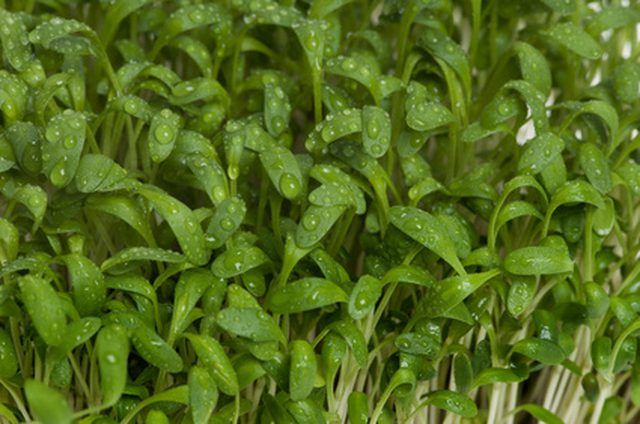
Herbs that grow in water include the large family of watercress and mint. Watercress is a hardy perennial that grows naturally in wet soil and in springs, brooks, ditches and pond margins. Growing mint indoors in water means handy herbs for teas, infusions and garnishes for drinks and food. Watercress is valued for its vitamins and minerals as well as the many health properties it imparts. Mints have been used for centuries to make jellies, soothing bath oils and perfumes. Lemon balm or mint is often used to decorate cakes or garnish iced teas.
Things You'll Need
Varieties of watercress
Varieties of mint
Natural brook, stream or manmade pond
Vases
Two dozen flat, smooth stones, or more as needed
Sugar
Apple cider vinegar
Choose healthy plants to add to your water feature or to grow indoors in vases. Purchase watercress at plant nurseries or divide the roots of natural plants growing in creeks or springs near you. Buy mint plants from nurseries or local stores.
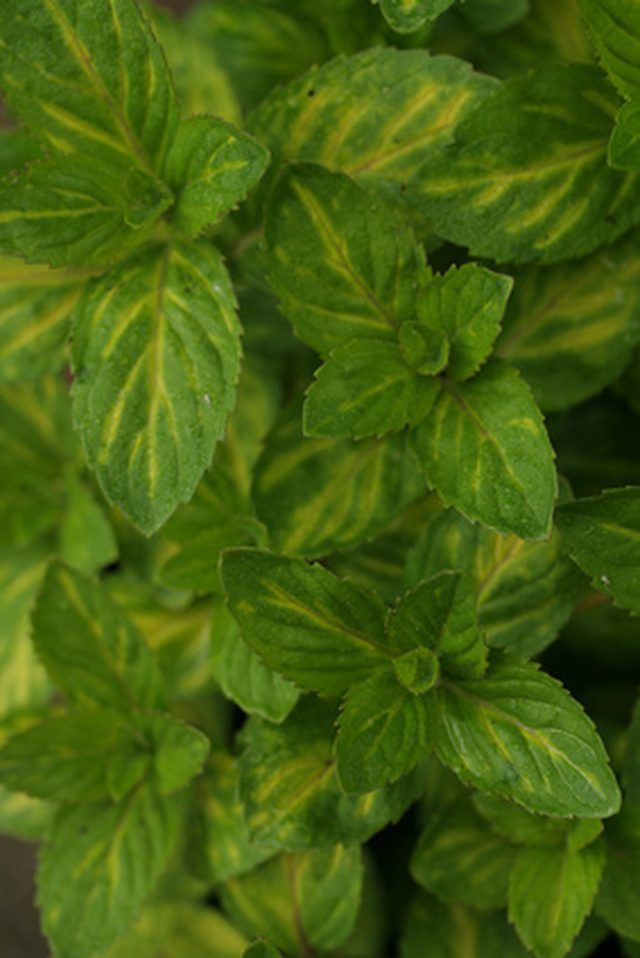
Secure your plants, the watercress or loosestrife, at the edge of your water feature (washtub, creek, pond or spring). The roots should touch the bottom; only the top of the plant needs to be above water. Anchor the cress and loosestrife by placing a small stone on one root of each plant.
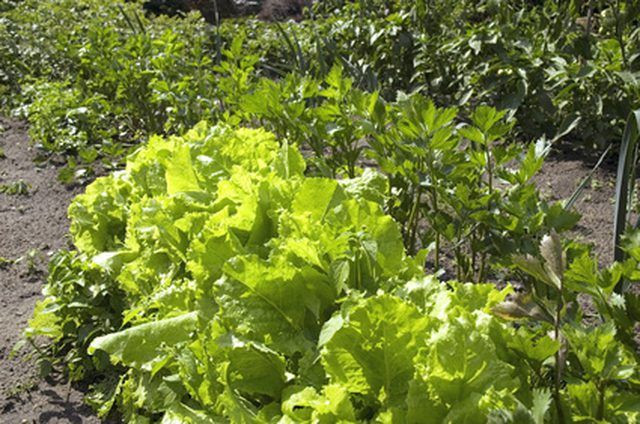
Moving water is needed to prevent the growth of bacteria and algae. Harvest the tops, leaves or seeds from the plants, but do not uproot them. Harvesting encourages the herb to produce more leaves, seeds or flowers.
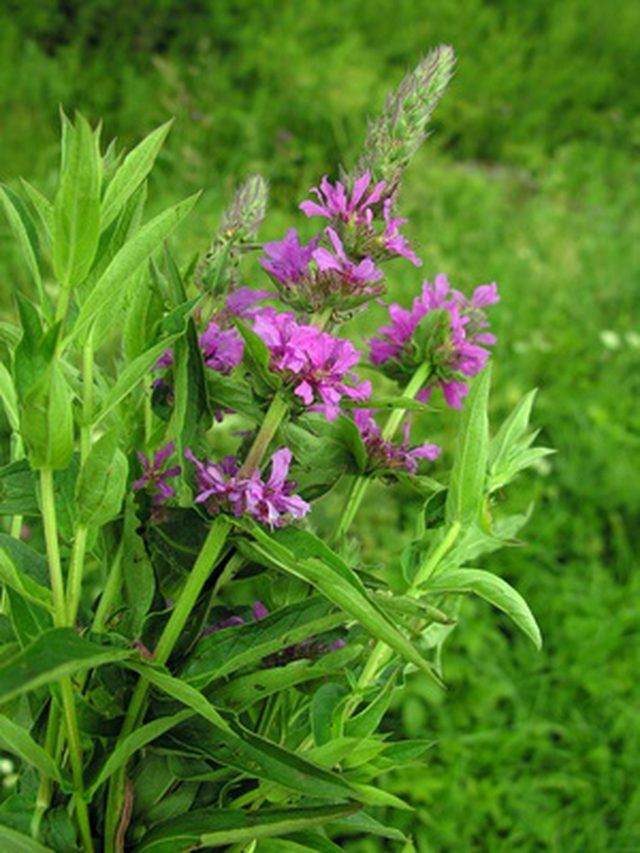
Place mint plants in a vase of cool, clean water. Give your mints up to six hours of morning sunlight. Change the water every day to prevent the growth of bacteria. Pinch off leaves as needed for cooking or garnishing.
